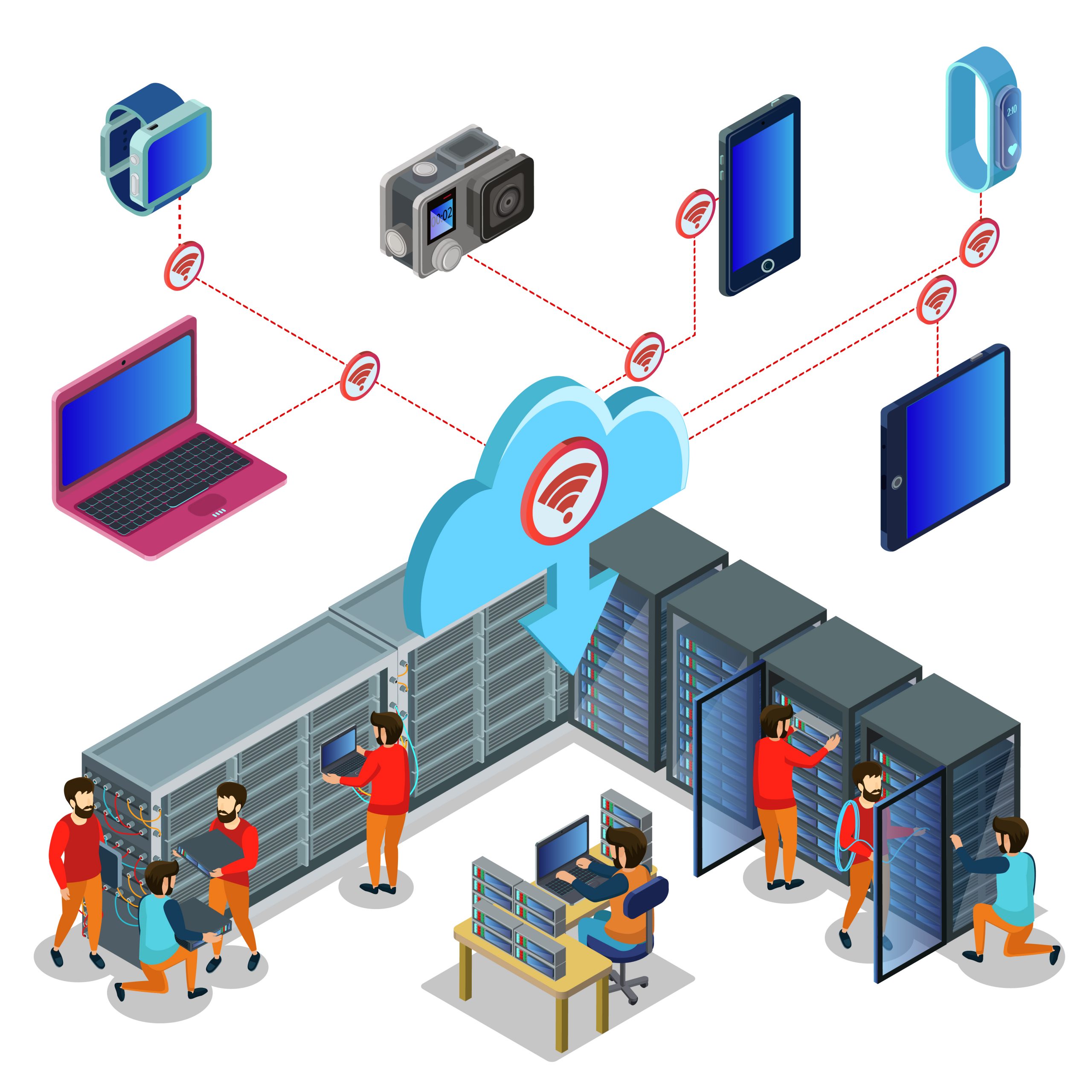Cloud Computing is a general term for any activity that involves delivering hosted services over the internet. These services are broadly divided into three categories: Infrastructure-as-a-Service (IaaS), Platform-as-a-Service (PaaS) and Software-as-a-Service {SaaS). The National Institute of Standard and Technology defines Cloud Computing as a model for enabling ubiquitous, convenient, on-demand network access to a shared pool of configurable computing resources (e.g., networks, servers, storage, applications, and services) that can be rapidly provisioned and released with minimal management effort or service provider interaction. See full brochure here Cloud Computing enables companies to consume computer resources as a utility just like electricity rather than having to build and maintain computing infrastructures in-house. It provides sufficient cost effective IT resources as cost on demand IT based on the actual usage of the customer.


